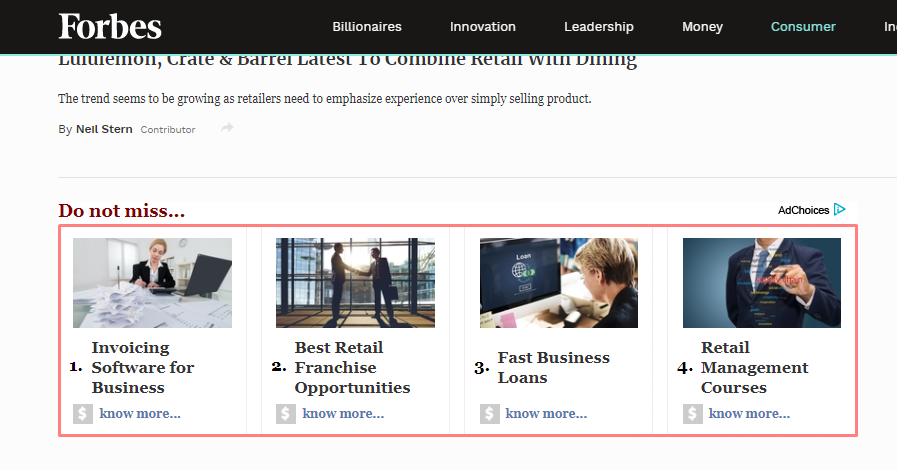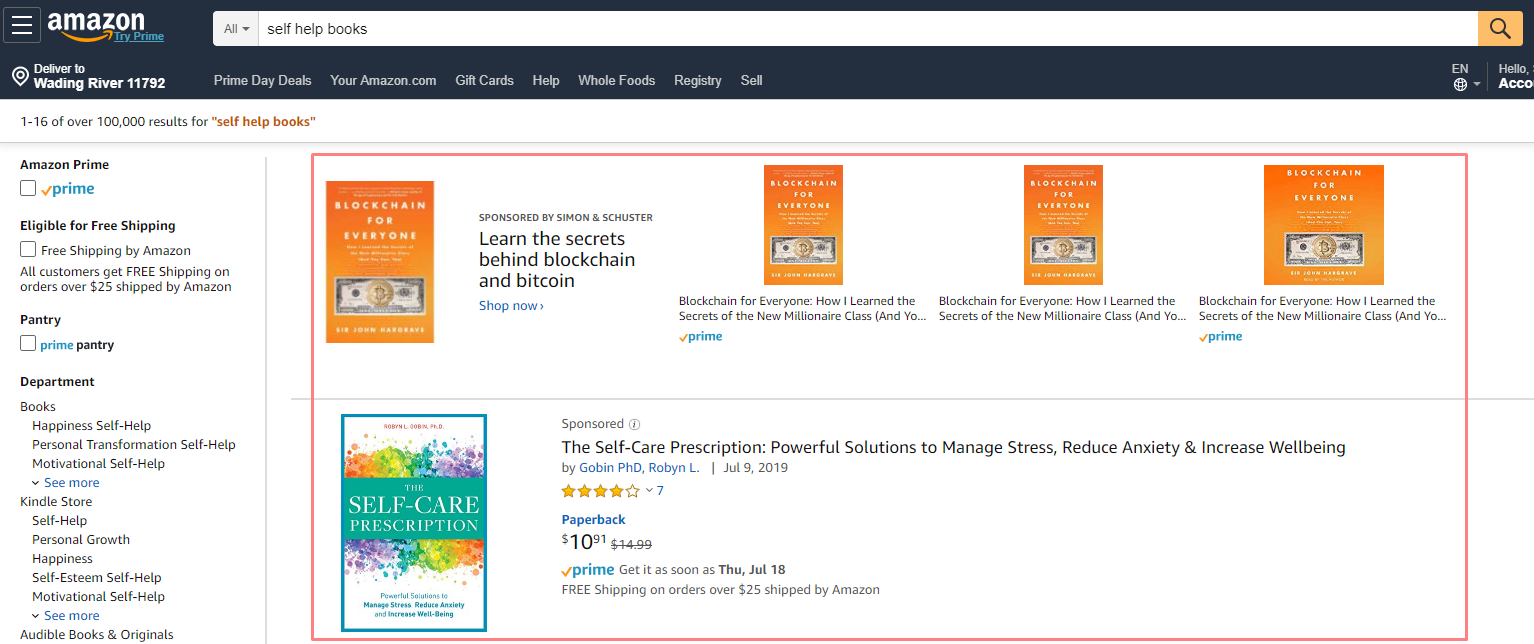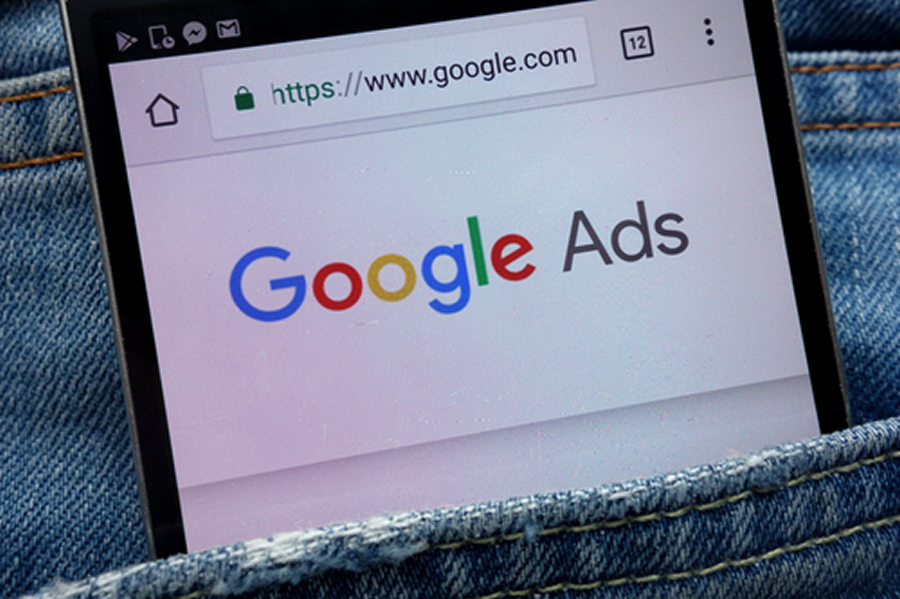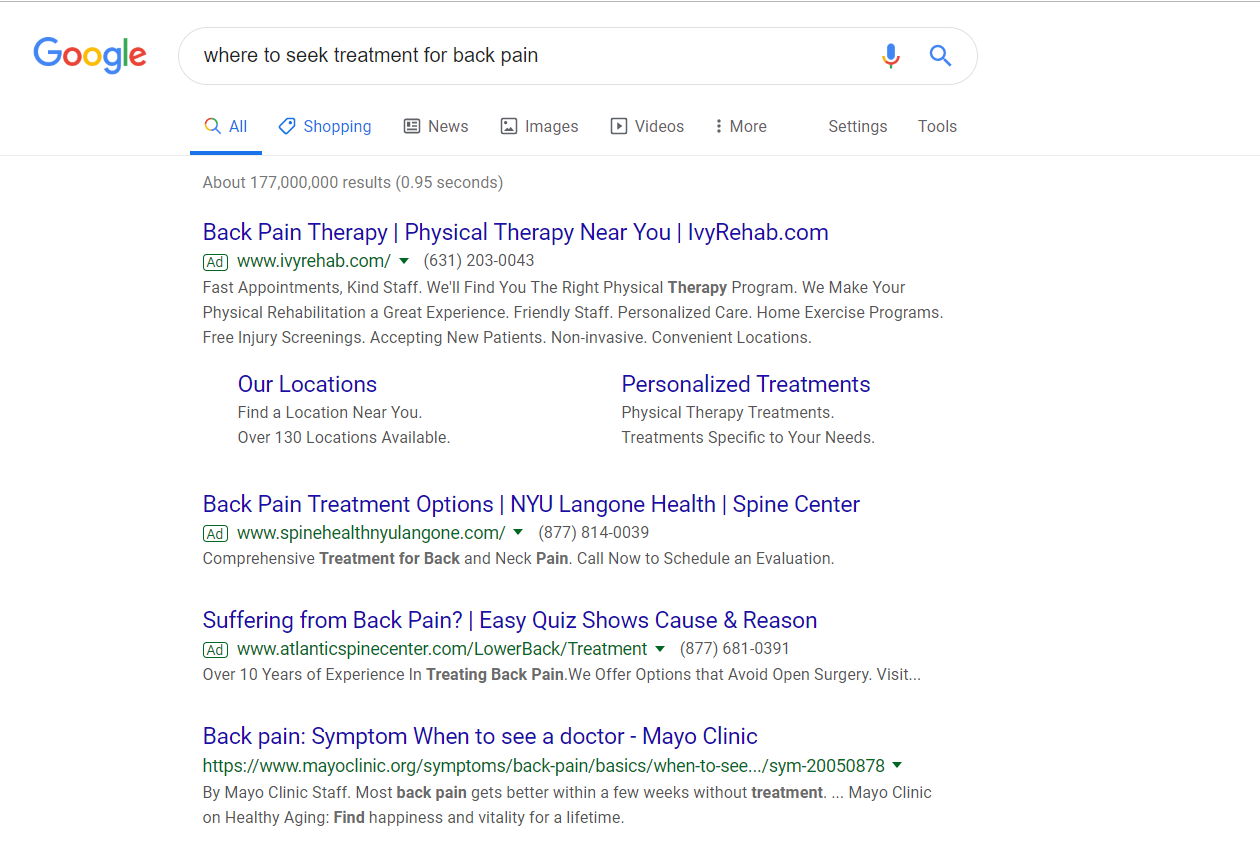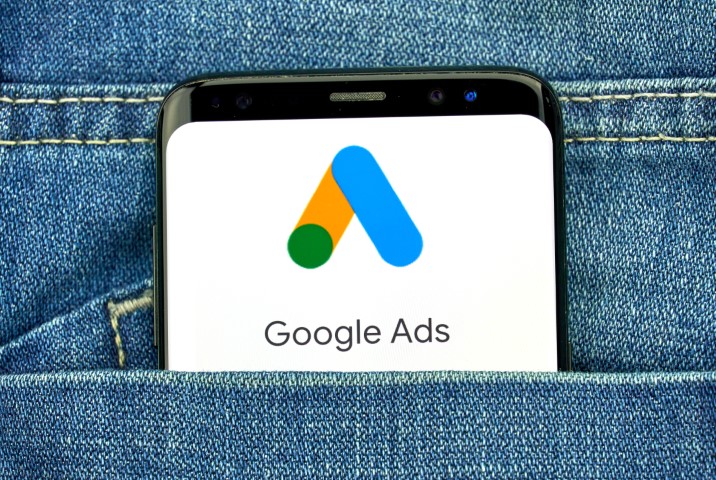Back in the day if you had issues with your plumbing, you were stuck with two options: Crack open the yellow pages and search for a plumber or go with whoever is well recommended. Search engines are modern yellow pages. The first couple of listings are paid for by the highest bidders and the rest are free. So why would you spend money on a listing if you could just make one for free? Well, when we consider the pros and cons of both tactics, we see that the optimal solution often combines a fine balance. With the hundreds of thousands of listings like yours, the only way to get on top of that list is to gain credibility. That’s why it is so important for companies to research digital marketing services in New York and Long Island, to find the best fit for their brand.
Search Engine Optimization (SEO)
Customers have no time to go through multiple pages just to find what they’re looking for. They assume that Google is serving them the best answers right off the bat. And without paying top dollar to be on top of the list, you must show search engines that your ad deserves to be high up on the search results. SEO takes time and effort. A lot of it. And since Google’s algorithm is constantly changing, keeping up could be a challenge. So how does one rank to be deemed “worthy” by Google and show up on top of their search results? If your website provides visitors great user experience, then customers will not only stay on it but will keep coming back for more. Let’s look at the two main pillars of SEO and how they are essential in the ranking of your website.
- Metadata – properly labeling your pages give search engines and users more information on what the page is about. Putting your keywords in your title tags helps boost your click-through rates. It is also important to make sure that you have the right number of characters in your meta-tags because if your titles and descriptions are too long or too short, that can count against you in terms of SEO.
- Page URLs – shorter URLs and using your target keywords in your URLs increases your chances of ranking.
- Page Speed – according to Google, a load time of 1 to 3 seconds increases bounce rates up to 32%. Loading time is crucial and it plays a big part in a visitor’s user experience. At Skyrush Marketing, we consistently check our clients’ websites’ page speeds. If the load time is too long, we work to optimize the site. One example of this is compressing images.
- Content – if your website has no content then what is there to rank? And having the exact information in which visitors are searching for brings up your ranking in search results. It is important to value both quality and quantity when it comes to the content on your page. If you have all images and little to no text, this will hurt Google ranking.
- Cross-Linking – this is a valuable way to optimize for search. Linking to other pages of your site gives search engines more content to trace and the keywords associated with them. For instance, when Skyrush wrote new web content for one of our clients, a leading medical facility, we focused on linking services such as spine surgery to other pages related to the spine, such as informative blog posts or FAQs.
Off-Site SEO
- Backlinks – search engines find new webpages by following backlinks from existing webpages. Being part of reputable directories is a great way to add authority to your online presence.
- Social Media – posting content constantly is a great way to engage more with your audience. Creating a plan and sticking to it will also impact how often your content shows up in your audience’s social feeds.
- Shareable Content – blog posts and articles that can be shared as guest posts or on common blogging platforms such as WordPress and Blogger.
- Influencers – influencers can connect with your audiences as trusted peers. Finding the right influencers who are authentic and trusted can transform your audience into loyal customers. Skyrush Marketing has long-lasting relationships with influencers in a variety of fields such as technology, medical, and automotive.
Pay-per-click advertising is your first-class ticket to the top of the search engine results. But just like overpriced airplane tickets, you are going to have to be willing to pay top dollar every time somebody clicks on your ad. Note that Google’s number 1 priority is the searcher and it is their job to serve the right information that people are looking for. Credibility and proper optimization will always be a factor when trying to make it up on the search results. Going back to what we were talking about earlier. If you were going to put out an ad in the yellow pages back in the day, then you should be qualified to deliver quality service. Being well-recommended and advertising your services at the same time is a great balance when it comes to the success of your business. That pretty much goes the same for SEO and PPC. A well-optimized website is a great foundation for PPC.
There’s a lot that goes into paid search. The very first thing you need to figure out before giving Google your money is what is your goal? Is it to promote awareness, gain leads or sell more products? Having clear goals will make your success easier to measure. From there, you can come up with an appropriate budget to spend.
At Skyrush Marketing, your Long Island digital agency, our team of marketing experts specializes in both SEO and PPC. With the perfect blend of SEO and PPC, our digital marketing team on Long Island can help you achieve each one of your business goals while heavily impacting your company’s online presence.
Contact Skyrush Marketing for your free consultation.







